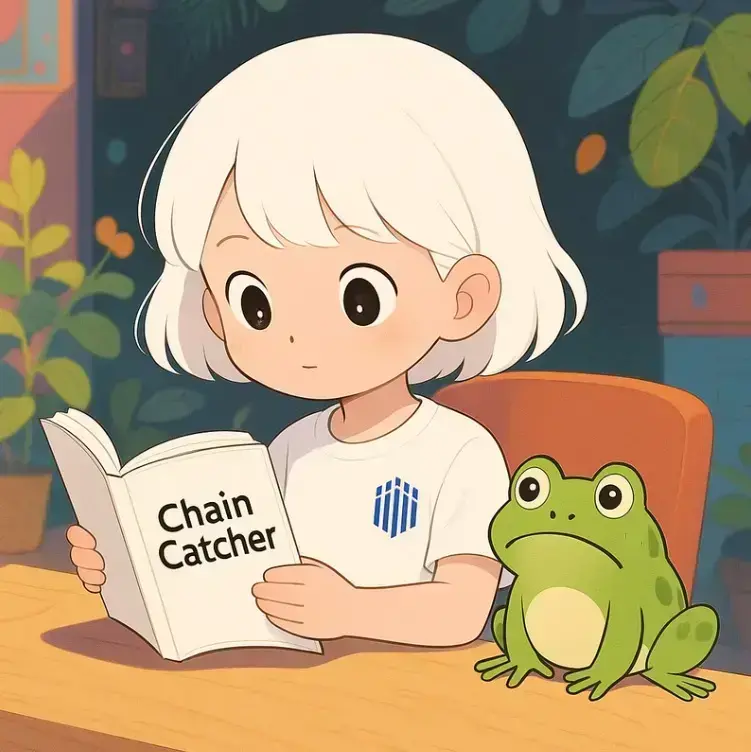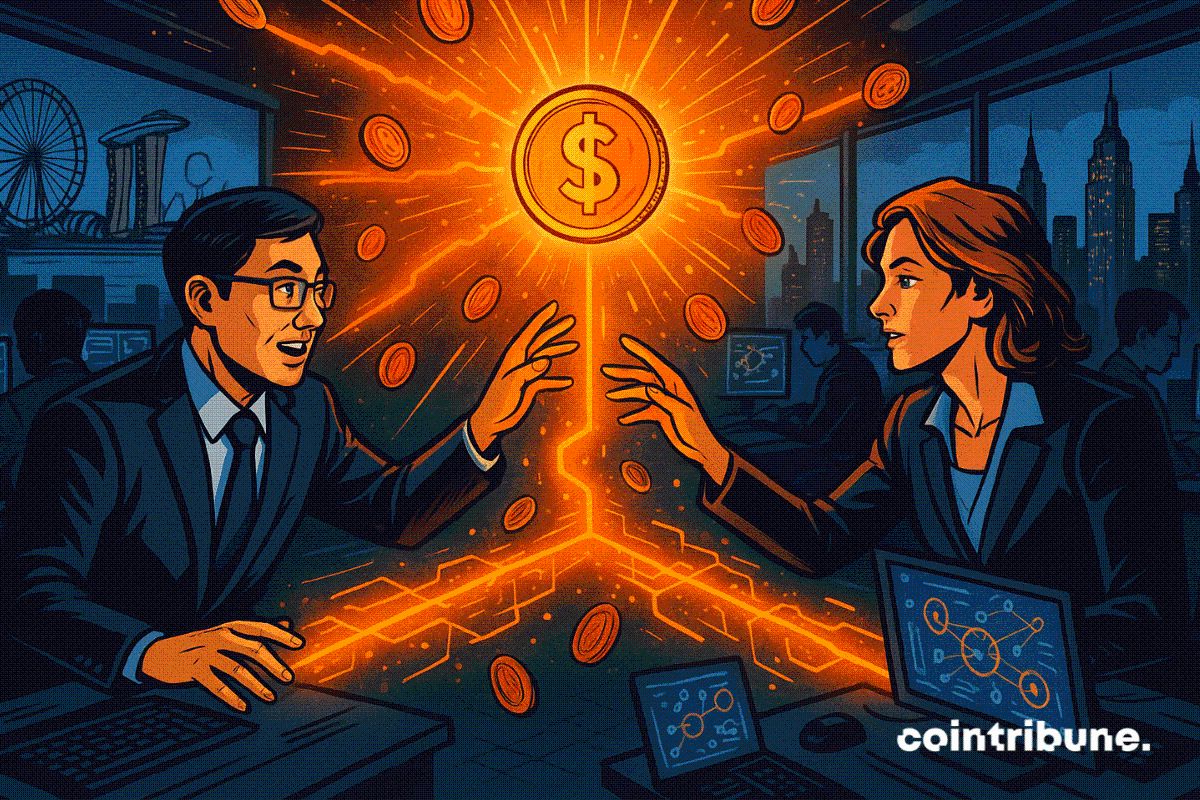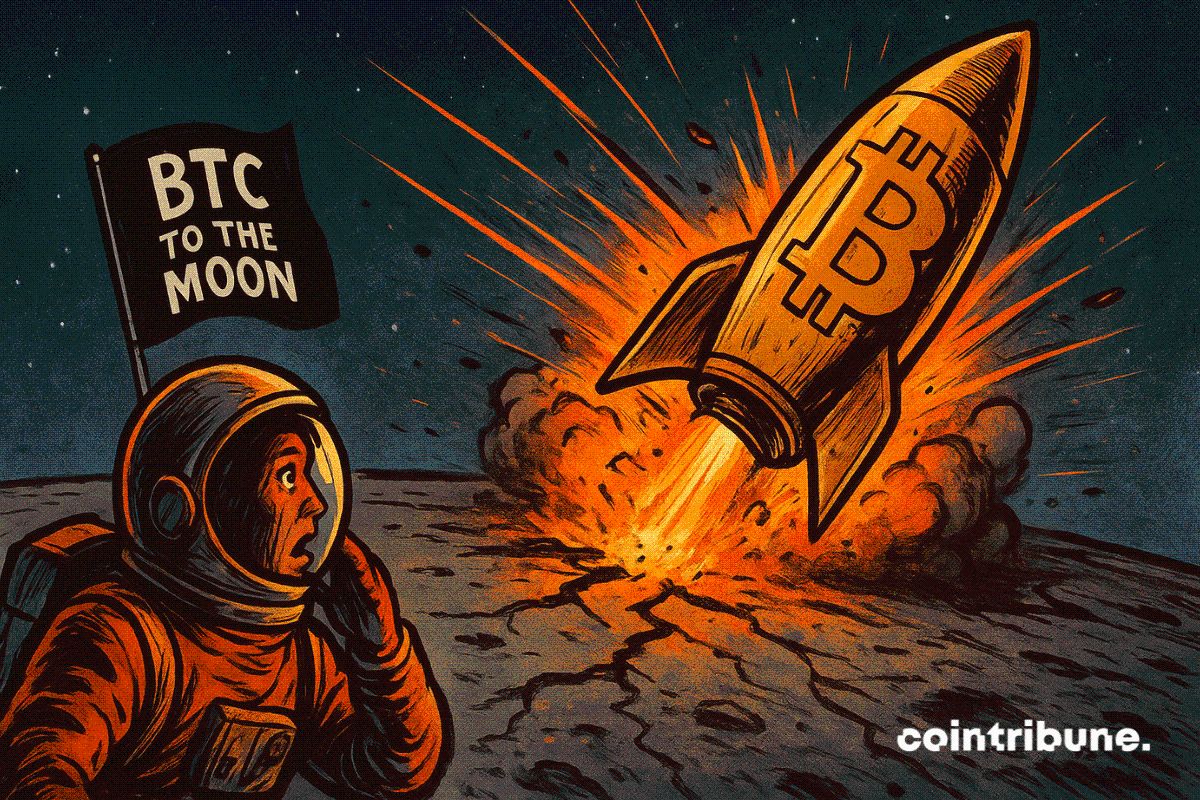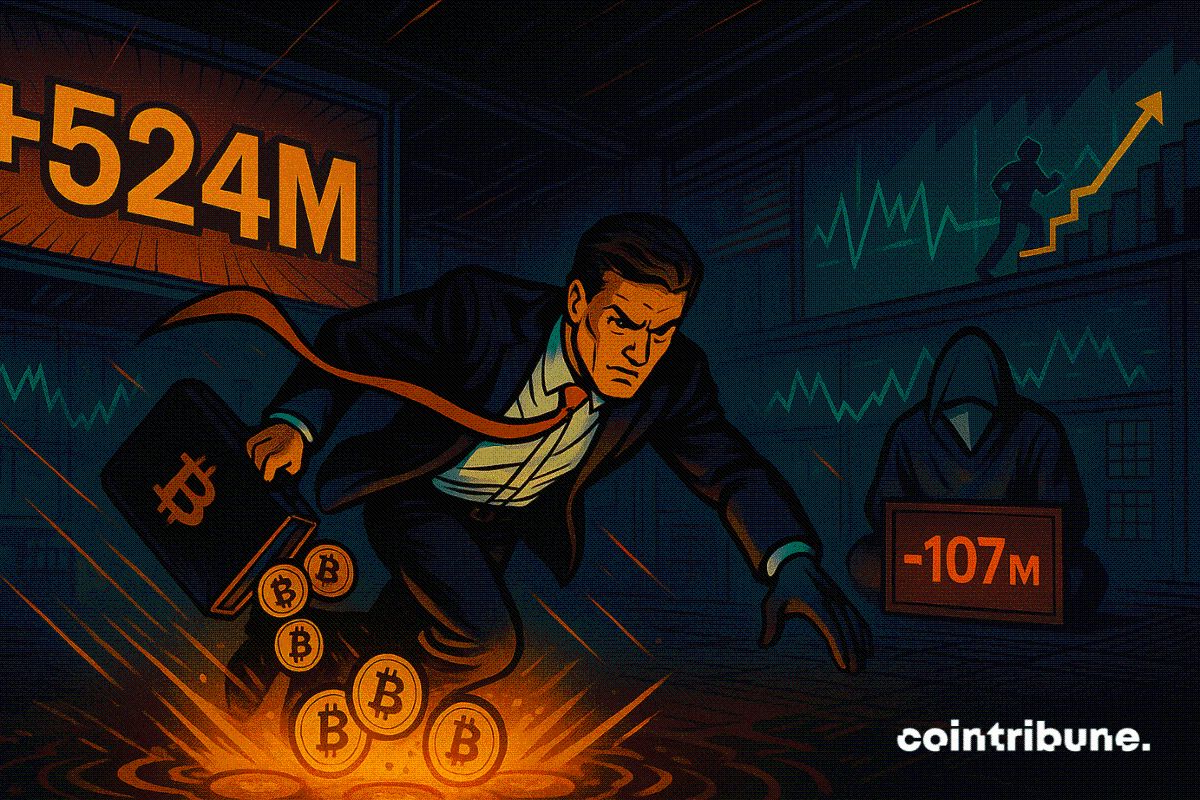News
Stay up to date on the latest crypto trends with our expert, in-depth coverage.
1Bitget Daily Digest (Nov 13)|SEC Proposes "Token Taxonomy"; US House Passes Bill to End Government Shutdown; Trump Signs Temporary Funding Bill at 10:45am (UTC+8) 2Bitcoin’s 4-year cycle is broken, and this time, data proves it3Price predictions 11/12: BTC, ETH, XRP, BNB, SOL, DOGE, ADA, HYPE, LINK, BCH

Morning News | Lighter 24-hour trading volume surpasses $11 billion; Circle Q3 financial report released; Strategy U.S. stock market value falls below its BTC holdings value
Overview of important market events on November 12.
Chaincatcher·2025/11/13 06:24

Latest Speech by US SEC Chairman: Farewell to a Decade of Chaos, Crypto Regulation Enters an Era of Clarity
The US SEC Chairman further elaborated on the "Project Crypto" initiative, outlining new boundaries for token classification and regulation.
BlockBeats·2025/11/13 05:42

Circle Q3 report released: Is there a bigger game ahead?
What are the highlights of Circle's Q3 financial report, the first listed stablecoin company?
ForesightNews 速递·2025/11/13 05:03
Exodus' Q3 net profit increased more than 20 times, with Bitcoin revenue accounting for over 60%.
Cointime·2025/11/13 04:51


Even the mNav of Strategy has dropped below 1. Where will DAT Company go from here?
Strategy currently holds 641,692 BTC and the mNav is currently reported as 0.979. There is currently no plan to stop accumulating.
BlockBeats·2025/11/13 04:28

DBS, J.P. Morgan Working to Build Cross-Bank Tokenized Deposits Framework
Cointribune·2025/11/13 04:09

Bitcoin in November: Consolidation Rather Than Explosion?
Cointribune·2025/11/13 04:09

Pro-Crypto Lawyer Michael Selig Set for CFTC Confirmation Hearing
Cointribune·2025/11/13 04:09

Institutions Return To Bitcoin ETF In Post-Crash Rebound
Cointribune·2025/11/13 04:09
Flash
- 06:42Cookie launches a Legion-supported Launchpad, with the first VOOI sale starting next MondayForesight News reports that Cookie has launched the Cookie Launchpad, supported by the token sale platform Legion, and will hold its first VOOI token sale on Monday. Cookie Launchpad relies on Legion's infrastructure and combines Cookie's user verification mechanism to provide three types of allocation pools for Snappers, COOKIE token stakers, and regular users. Snappers and stakers can apply for higher allocations on top of their guaranteed quotas. This sale is not open to users from the United Kingdom and the United States.
- 06:41Willy Woo: The market does not follow global M2 expansion, but is instead speculativeForesight News reported that crypto analyst Willy Woo tweeted, "The market does not move in line with the global M2 expansion, but is speculative in nature. This means the market prices in expected liquidity in advance. Risk assets lead M2. Therefore, when global prices peak, you will see the S&P 500 peak ahead of time, but bitcoin will peak even earlier. This is because bitcoin serves as a liquidity sensing mechanism. In addition, the M2 metric itself is flawed, because when assessing the total amount of fiat currency in the system, although it is denominated in US dollars, only 17% is actual US dollars, and the rest is denominated in other currencies. Therefore, M2 actually reflects the strength of the US dollar. It turns out there is an indicator called DXY that measures this phenomenon, and when assessing correlation with BTC, DXY is a better metric." Foresight News note: M2 refers to broad money supply, which is an indicator measuring the total amount of money in an economy. It includes highly liquid money (such as M1: cash and demand deposits), as well as slightly less liquid savings deposits, time deposits, and deposits at non-bank financial institutions.
- 06:41Anichess has opened CHECK token claimingForesight News reports that Anichess, the chess strategy game under Animoca Brands, has launched the CHECK token claim. Users can claim and then stake their tokens, with each staking pool offering 10 million CHECK as an online reward. During the staking period, users will also earn M8 points.